Binary trees are those who have max 2 childs , there are 3 types of binary tree traversal
INORDER - L ROOT R - B A C
PREORDER - ROOT L R - A B C
POSTORDER - L R ROOT - B C A
to write each order , we apply this method . First add dummy edges , start from A and first time you see A write it down , same for B and C. And then for inorder if you see A for second time write it and ....
A B C - first time - PRE
B A C - second time - IN
B C A - third time - POST
Implementation and time complexity
all the implementations are recursive manner so go back to recursive section and fully understand how to visualize it.
// INORDER
struct node
{
int data;
struct node *left , *right;
}
void Inorder(struct node* t)
{
if(t != NULL)
{
Inorder(t->left); // 1
printf("%c" , t->data); // 2
Inorder(t->right); // 3
}
}
to better understand it go back to recursion visualization and try to trace it
time and space complexity are O(n)
to get the other traversal just change the printf location
Double order traversal
this is nothing but print every node twice (not necessarily successive)
example : abbcac
// INORDER
struct node
{
int data;
struct node *left , *right;
}
void DO(struct node* t)
{
if(t != NULL)
{
printf("%c" , t->data); // 1
DO(t->left); // 2
printf("%c" , t->data); // 3
DO(t->right); // 4
}
}
Triple order
void TO(struct node *t)
{
if(t)
{
printf("%c" , t->data); // 1
TO(t->left); // 2
printf("%c" , t->data); // 3
TO(t->right); // 4
printf("%c" , t->data); // 5
}
}
Indirect recursion on tress
void A(struct node *t)
{
if(t)
{
printf("%c" , t->data); // 1
B(t->left); // 2
B(t->right); // 3
}
}
void B(struct node *t)
{
if(t)
{
A(t->left); //1
printf("%c" , t->data); // 2
A(t->right); // 3
}
}
Number of binary trees possible
if we have 1 node , number of binary tress are 1
if we have 2 node , number of binary tress are 2
if we have 3 node , number of binary tress are 5
the pattern here is(2*n)C(n)/(n+1) c is combinator . so we have here (2*3)C3 / 4 = 6C3 / 4 = 20/4 = 5
but if we need to label nodes (put value for every node) is (2*n)C(n) * n! /(n+1)
construct unique Binary tree
We can construct a unique binary tree using combination between 2 of preorder , inorder and postorder
drawing all the combinations of A,B,C,D,E,F..... is time consuming so we are going to prove it with logic.
let's take IN : 1,2,3,4,5,6,7,8 , PRE: 5,3,1,2,4,6,8,7 , POST = ?
to get POST we need to get a unique Binary search tree.
let's take all the cases of IN - L ROOT R andPRE - ROOT L R where L and R are the subtree respectively to left and right.
this is our INORDER
let's say 5 is the ROOT and in the PRE 5 is also the ROOTand all the elements in the right of it will be the L and R
in the left sub tree1 2 3 4 we look at the PRE we have 3 is the next ROOT
in the right sub tree 6 7 8the PRE it is 6 8 7 so the ROOT is 6 and 8 7 to the right of it
so we have 1 2 in PRE the 2 is to the right of 1 so 2 will fall to the right
for 7 8 in PRE we have 8 is the ROOT and 7 to the left of it
so we form a unique POST binary tree from IN and PRE
if we get the POST of it it's mean print it if it's seen the 3 time.
POST = 2 1 4 3 7 8 6 5
an exercise take POST and IN and form the PRE
Recursive program to count the number of nodes
NN(T) = 1+NN(LST)+NN(RST)and if T is NULL then NN(T)=0
struct node
{
int i;
struct node *left , *right;
}
int NN(struct node *t)
{
if(t)
{
int l,r;
l = NN(t->left); // 1
r = NN(t->right); // 2
return (1+l+r); // 3
}
else return 0;
}
counting number of leaf
a leaf is a Node with left and right sub trees are NULL
int NL(struct node *t)
{
if (t == NULL) return 0;
if(t->left == NULL && t-> right == NULL)
return 1;
else
return (NL(t->left) + NL(t->right));
}
time complexity : O(n)
find the full nodes
full node is the tree who have left and right child
FN(t) = 0 ; T = NULL
= 0 ; T is a leaf
= FN(T->LST) + FN(T->RST); if T has on one child
= FN(T->LST) + FN(T->RST)+1; if T is full node
int FN(struct node *t)
{
if(!t) return 0;
if(!t->left && !t->right) return 0;
return ( FN(t->left) + FN(t->right)+(t->left && t->right) ) ? 1 : 0;
}
time complexity : O(n)
Recursive program to find the height of a tree
the height is the length of the path to the last leaf you can access
H(t) = {0 ; T is empty
{0 ; T is a leaf
{Hmax(H(LST) , H(RST)); otherwise
int H(struct node *t)
{
if(!t) return 0;
if( !(t->left) && (!(t->right)) ) return 0;
int l,r;
l = H(t->left);
r = H(t->right);
return (1+((l>r) ? l : r));
}
Binary search tree
50,15,62,5,20,58,91,3,8,37,60,24
every sub tree in the left is smaller than the root of it and in the right is the higher
INORDER: 3,5,8,15,20,24,37,50,58,60,62,91
so INORDER is nothing but the binary search tree sorted
Binary search tree - POST to IN to PRE
POST ORDER : 10,9,23,22,27,25,15,50,95,60,40,29
we can get directly the INORDER hence is nothing more than the BST sorted
INORDER : 9,10,15,22,23,25,27,29,40,50,60,95
to get that PREORDER we need to draw the tree
the root is 29 since it's the last in the POST , so the root construction is going to be like this , then we go backward 40>29 so it is going to fall to the right and so on..
after we trace it we get PREODER : 29,15,9,10,25,22,23,27,40,60,50,95
Number of BST with 3 Distinct keys
1 2 3
2nCn / n+1 = 6C3 / 4 = 20 / 4 = 5
Identify IN-ORDER , PRE-ORDER and POST-ORDER
1 : M B C A F H P Y K
2: K A M C B Y P F H
3:M B A C K Y F P H
we have those three trees we don't know what is the type of traversal of each one.
K appear first in 2 and last in 1 so it's the ROOT
after drawing the tree we get 1 is POST ,2 is PRE and 3 is IN
Delete a node from BST
if node is a leaf we can delete it , if node is a Non Leaf and one child the child point to the parent of deleted node. If the node have a subtree we replace the greatest element of it.
Examples:
We can delete node
2without making any changes.We can delete node
25and point27to30insteadIf we need to delete node
15we replace it with12
Finding minimum and maximum
find_min(struct node *t)
{
while(t -> left) t = t -> left;
}
find_max(struct node *t)
{
while(t -> right) t = t -> right;
}
Recursive program on testing type of tree
there is arguing on type of trees those are one of their definition , other reference may differ
complete binary is a tree which have 2 or 0 childrens.
full binary tree mean every layer should be node and last row should be leafs
int iscomplete(struct node *t)
{
if(t == NULL) return 1;
if(!t->right && !t->left) return 1;
else if(t->left && t->right) return (iscomplete(t->left) && iscomplete(t->right));
else return 0;
}
AVL Trees and balancing
AVL tree (named after inventors Adelson-Velsky and Landis) it's the most popular one there is others like (R-B) and (2-3) the heights of the two child subtrees of any node differ by at most one; if at any time they differ by more than one, re-balancing is done to restore this property. Lookup, insertion, and deletion all take O(log n) time in both the average and worst cases, where is the number of nodes in the tree prior to the operation. Insertions and deletions may require the tree to be rebalanced by one or more tree balancing.
BF = height(LST)-height(RST) the root should be either {-1,0,1} else we rotated . If it is left-unbalance we rotate it clock wise else opposite clock wise.
the root is 2 != {-1,0,1} so it's not balanced , and it's left unbalanced so we need to rotate CW
now the root is 0 so now it's balanced.
constructing AVL trees and time complexity
50 , 20 , 60 ,10 , 8 , 15 , 32 ,46 , 11 , 48
go clock wise
now rotate Anti Clock wise
now it's Left-Left so we rotate CW and so on we continue and in the end we get this tree
| BST | Balanced BST | |
|---|---|---|
| search | O(n) | O( log n ) |
| height | O(n) | O( log n ) |
| Insertion | O(n) | O(log n) |
it's O(log n) because the height is smaller
Minimum and Maximum nodes in AVL tree
S(h) = S(h-1) + S(h-2) + 1
S(1) = 0
S(2) = 1
So let's say h = 6, then S(h = 6) will be (just replacing):
S(6) = S(6-1) + S(6-2) + 1
S(6) = S(5) + S(4) + 1
S(6) = 2*S(4) + S(3) + 1 + 1
S(6) = 2*(S(3) + S(2) + 1) + S(3) + 2
S(6) = 3*S(3) + 2*S(2) + 4
S(6) = 3*(S(2) + S(1) + 1) + 2*S(2) + 4
S(6) = 5*S(2) + 3*S(1) + 7
S(6) = 5*1 + 3*0 + 7
S(6) = 12
Expression trees
a+b take this and let's draw the tree
PRE : +ab
IN : a+b
POST: ab+
a+b*c
PRE : +a*bc
IN : a+b*c
POST: abc*+
Various tree representations
The method we see is a pointer to the left and right child , what if we have like 10 childs?
There is a representation called LCRS (Left Child Right Sibling)
LC = 2*i
RC = 2*i+1
Parent = x/2
because it's binary tree multiplying by 2 is nothing but shifting by 1 bit.
if we have i = 2 (base 10) = 10 (base 2) , 2*i = 100 and 2*i+1 = 101 , same for divining by 2 in binary 100/2 = 10
another representation is like this
(Root (a b c) (d e f) ) where (a b c) is LSB of Root and (d e f) is RSB of Root and a is root of LSB and b is left leaf and c is right leaf , same for d e f

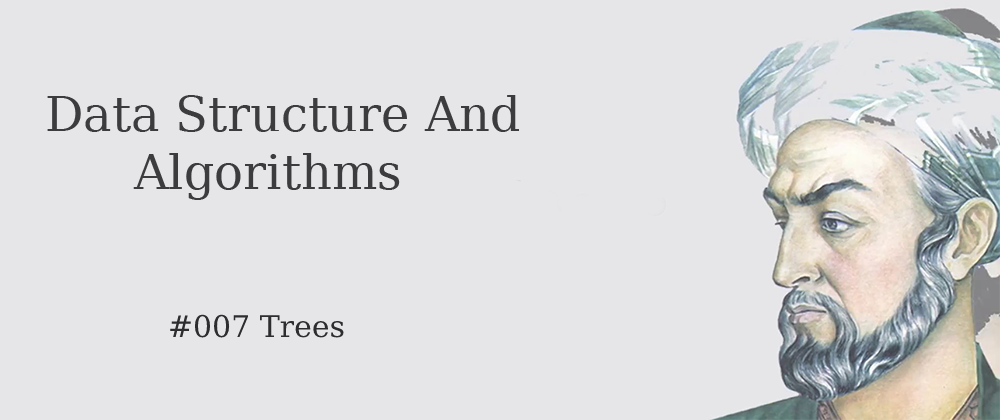




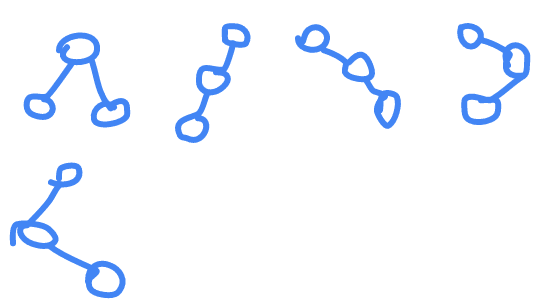




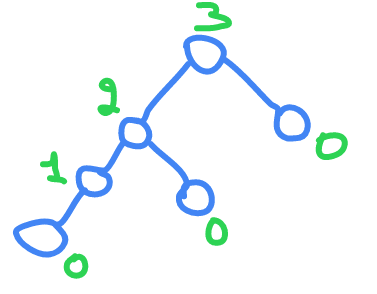


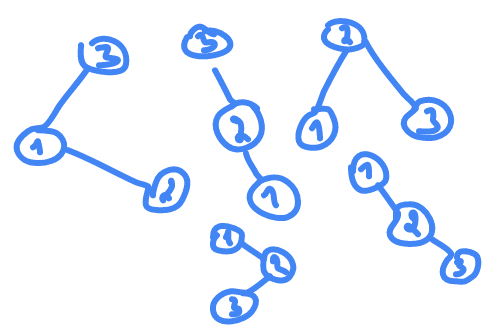



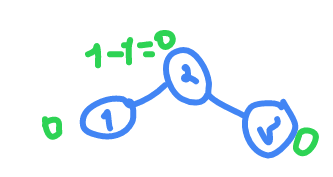

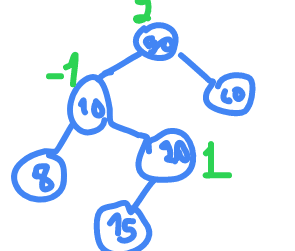
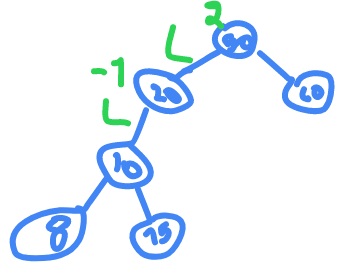
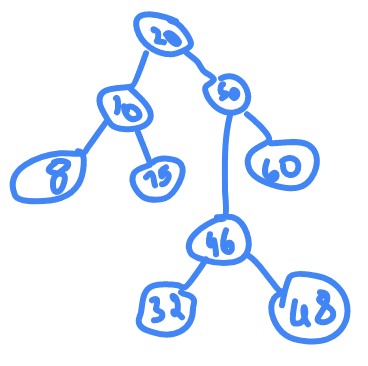
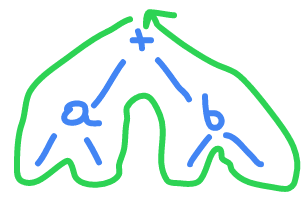
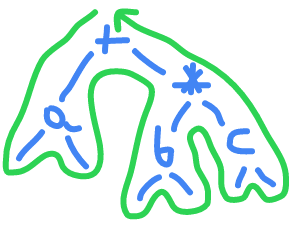







Top comments (0)